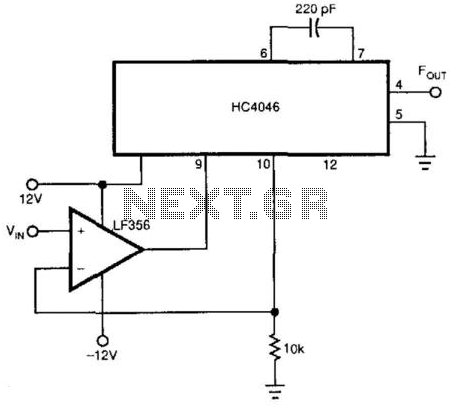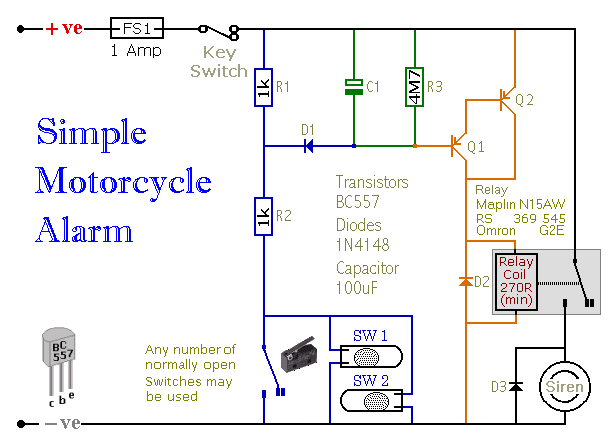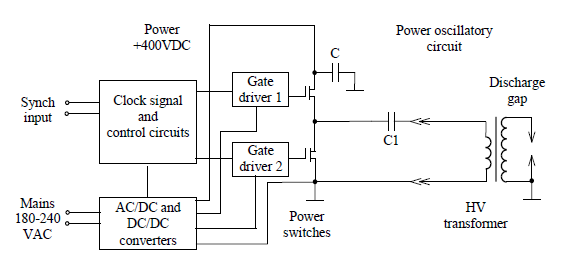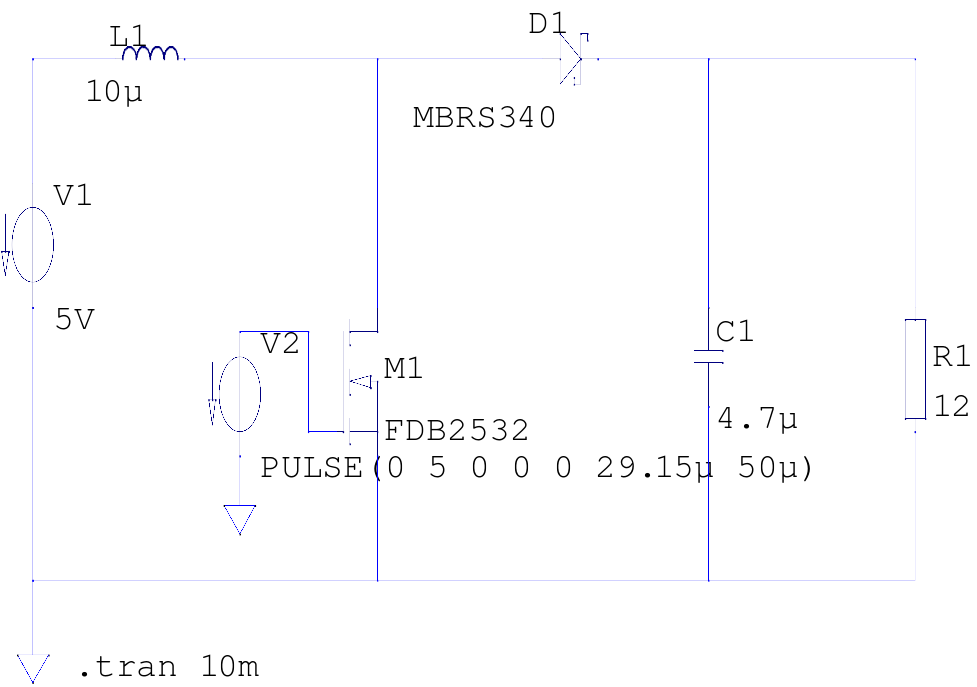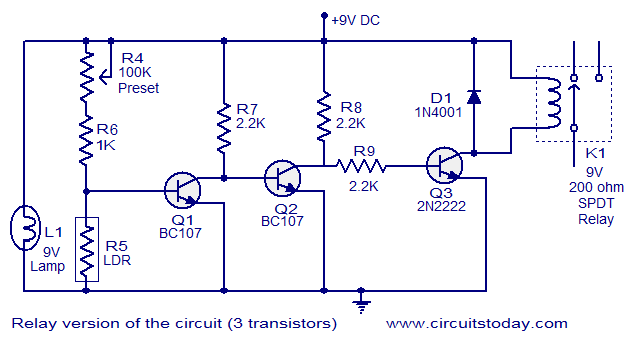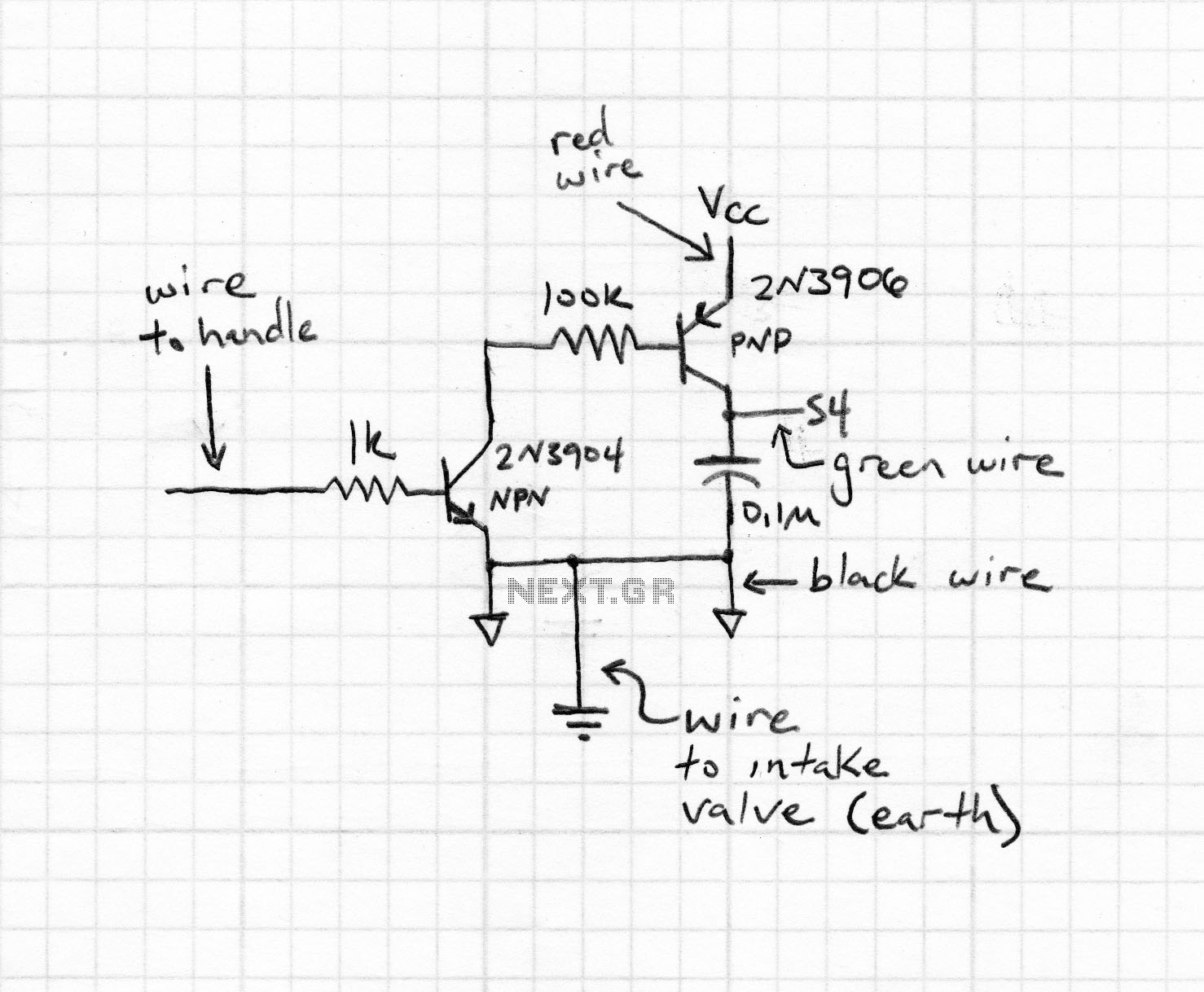
SIMPLE TLO82 VCO
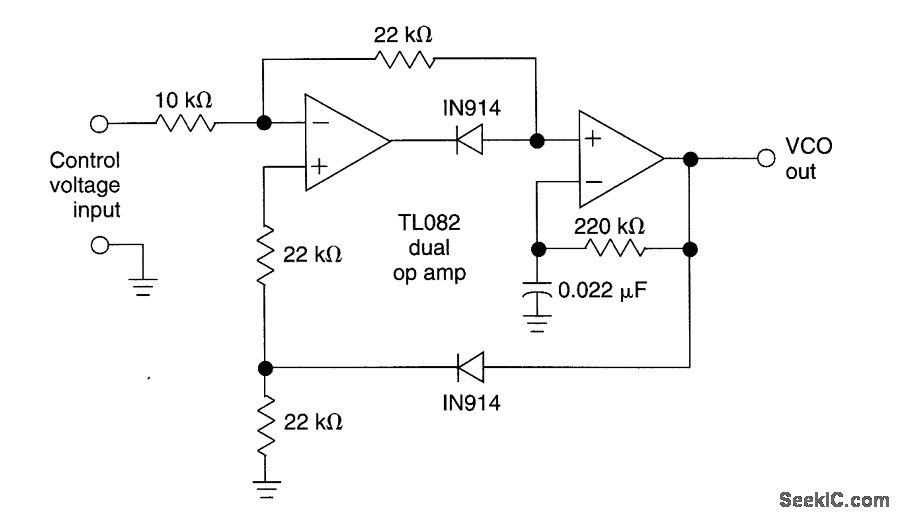
This circuit utilizes a dual operational amplifier (TL082) to create a voltage-controlled oscillator (VCO). The specified component values allow the output frequency to range from 100 Hz to 10 kHz when the input control voltage varies between 0.05 V and 10 V.
The described voltage-controlled oscillator (VCO) circuit employs the TL082, which is a low-noise JFET-input operational amplifier known for its high input impedance and low offset voltage. The VCO's output frequency is modulated by an input control voltage, allowing for precise frequency tuning across the specified range.
In this configuration, the TL082 operates in an astable multivibrator mode, where the frequency of oscillation is determined by external resistors and capacitors connected to its inverting and non-inverting inputs. The feedback network is crucial in establishing the timing characteristics of the oscillation, typically involving resistors that set the charge and discharge times of the timing capacitor.
The relationship between the control voltage and the output frequency is linear within the specified range, providing a predictable response suitable for applications such as signal generation, modulation, and frequency synthesis. The circuit may include additional components such as diodes for temperature compensation or filtering capacitors to stabilize the output signal and reduce noise.
To ensure optimal performance, careful selection of the component values is necessary, taking into account the desired frequency range and the characteristics of the TL082. Furthermore, proper power supply decoupling should be implemented to minimize noise and enhance the stability of the oscillator.
Overall, this voltage-controlled oscillator circuit is versatile and can be adapted for various applications in electronic systems requiring frequency modulation or signal generation.This circuit uses a dual operational amplifier (TL082) to form a voltage-controlled oscillator (VCO). With the component values shown, the output-frequency range is 100 Hz to 10 kHz when the input control voltage is between 0.
05 and 10 V. 🔗 External reference
The described voltage-controlled oscillator (VCO) circuit employs the TL082, which is a low-noise JFET-input operational amplifier known for its high input impedance and low offset voltage. The VCO's output frequency is modulated by an input control voltage, allowing for precise frequency tuning across the specified range.
In this configuration, the TL082 operates in an astable multivibrator mode, where the frequency of oscillation is determined by external resistors and capacitors connected to its inverting and non-inverting inputs. The feedback network is crucial in establishing the timing characteristics of the oscillation, typically involving resistors that set the charge and discharge times of the timing capacitor.
The relationship between the control voltage and the output frequency is linear within the specified range, providing a predictable response suitable for applications such as signal generation, modulation, and frequency synthesis. The circuit may include additional components such as diodes for temperature compensation or filtering capacitors to stabilize the output signal and reduce noise.
To ensure optimal performance, careful selection of the component values is necessary, taking into account the desired frequency range and the characteristics of the TL082. Furthermore, proper power supply decoupling should be implemented to minimize noise and enhance the stability of the oscillator.
Overall, this voltage-controlled oscillator circuit is versatile and can be adapted for various applications in electronic systems requiring frequency modulation or signal generation.This circuit uses a dual operational amplifier (TL082) to form a voltage-controlled oscillator (VCO). With the component values shown, the output-frequency range is 100 Hz to 10 kHz when the input control voltage is between 0.
05 and 10 V. 🔗 External reference
